Tattapani, Himachal Pradesh
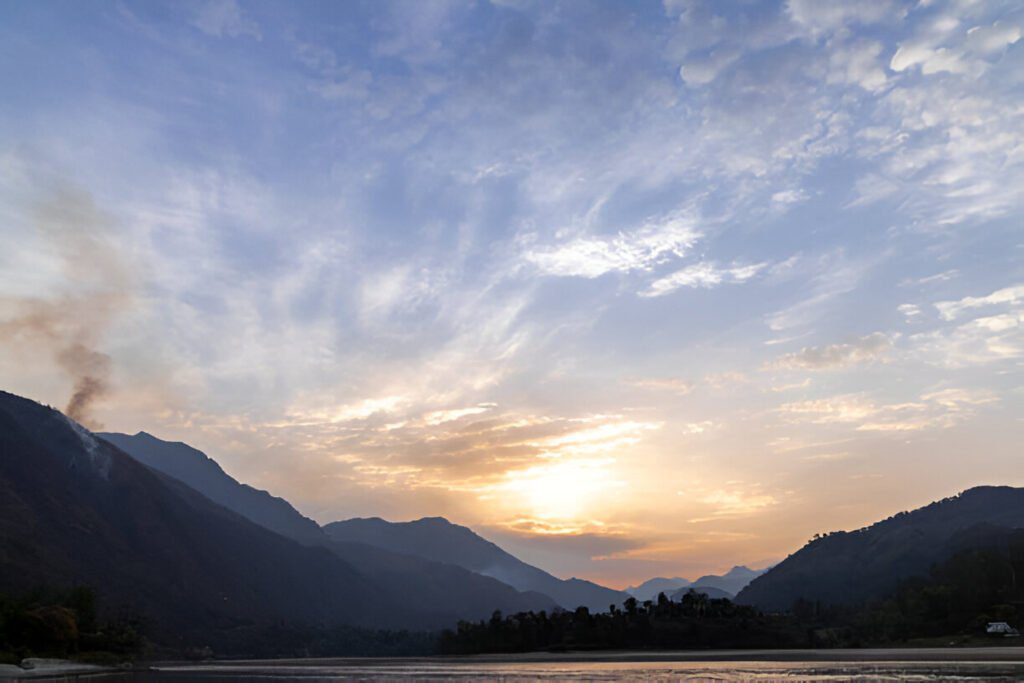
Nestled along the banks of the Sutlej River, Tattapani is known for its healing hot springs that reach temperatures of 65°C. These springs are rich in sulfur, believed to have therapeutic properties, attracting both locals and tourists seeking relief from ailments like joint pain and skin issues. The surrounding lush green hills add to the serene atmosphere, making it a perfect spot for relaxation.
- Why Visit: Therapeutic waters, scenic river views, and nearby adventure activities like rafting.
- Best Time to Visit: October to June.
Panamik, Ladakh
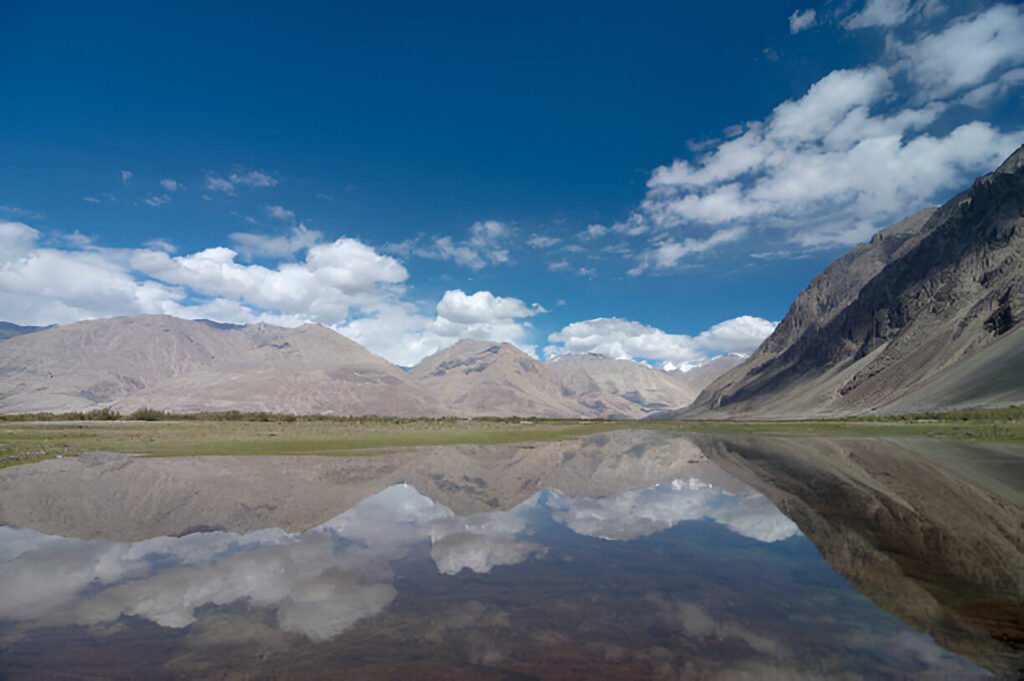
Located in the remote Nubra Valley, Panamik Hot Springs are one of the northernmost hot springs in India, offering both warmth and relief from the cold temperatures of Ladakh. The high sulfur content in the water is known for its medicinal properties, and the location is ideal for travelers looking to combine the hot springs with a visit to nearby monasteries and sand dunes.
- Why Visit: Unique location in Nubra Valley, medicinal properties, and stunning mountain views.
- Best Time to Visit: June to September.
Kheer Ganga, Himachal Pradesh
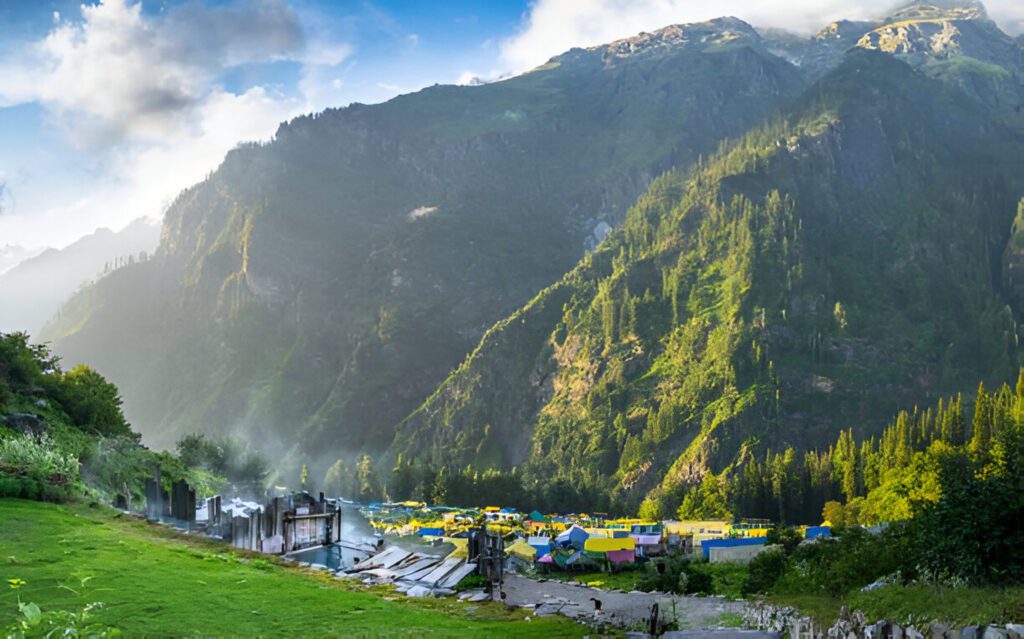
Tucked away in the Parvati Valley, the trek to Kheer Ganga is an adventure in itself. The hot spring here, perched at an altitude of 2,950 meters, offers a soothing retreat after the challenging trek. Surrounded by pine forests and snow-capped peaks, these hot springs are famed for their natural warmth and spiritual significance.
- Why Visit: A rewarding experience after a scenic trek, natural warmth in cold surroundings, and spiritual ambiance.
- Best Time to Visit: May to November.
Bakreshwar, West Bengal
A lesser-known hot spring in India, Bakreshwar is located near the famous Bakreshwar Temple. The water here reaches scorching temperatures, but certain areas of the spring are regulated for bathing. Bakreshwar is popular among pilgrims but remains largely unexplored by tourists, making it a hidden gem.
- Why Visit: Religious significance, therapeutic hot springs, and tranquil surroundings.
- Best Time to Visit: October to March.
Atri, Odisha
Atri Hot Springs, located near Bhubaneswar, are believed to have curative properties. The water, which contains sulfur, is said to help treat skin diseases. The springs are set amidst a quiet, green landscape, and nearby, you can visit the temple of Lord Hatakeswar, adding a spiritual aspect to the trip.
- Why Visit: Medicinal properties, quiet environment, and nearby temples.
- Best Time to Visit: November to February.
Yumthang Hot Springs, Sikkim
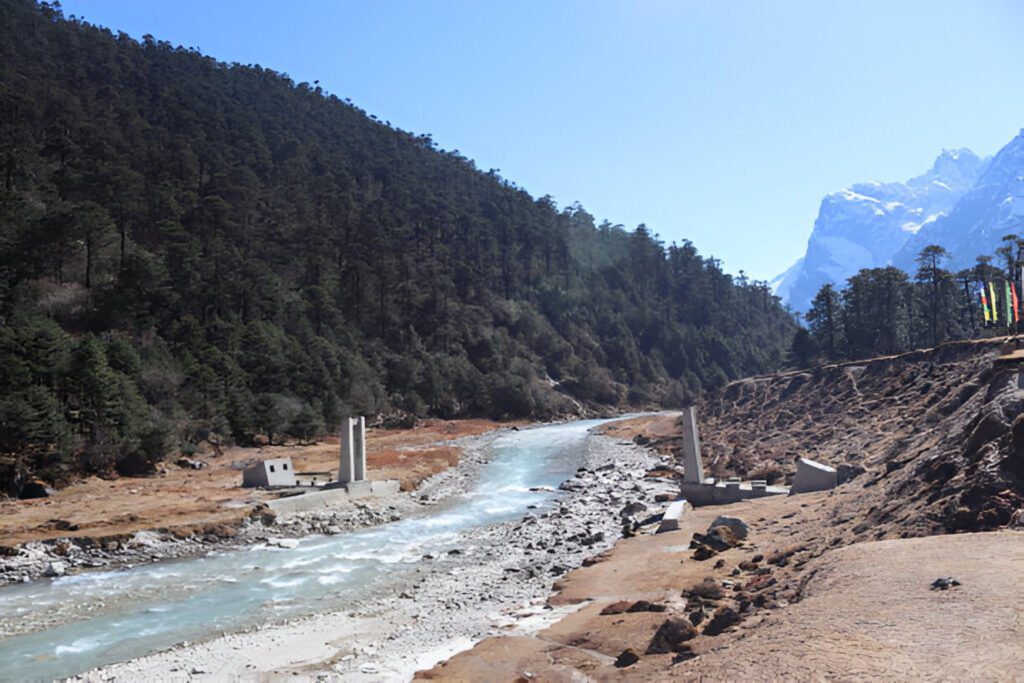
Yumthang Hot Springs are nestled in the stunning landscapes of North Sikkim, surrounded by the vibrant colors of the Yumthang Valley. The water is slightly cooler than other hot springs, but it is rich in minerals like sulfur. After a day of trekking or exploring the valley, the hot springs provide a relaxing and rejuvenating experience.
- Why Visit: Mineral-rich waters, breathtaking valley views, and proximity to the popular Yumthang Valley.
- Best Time to Visit: March to June and September to November.
Manikaran, Himachal Pradesh
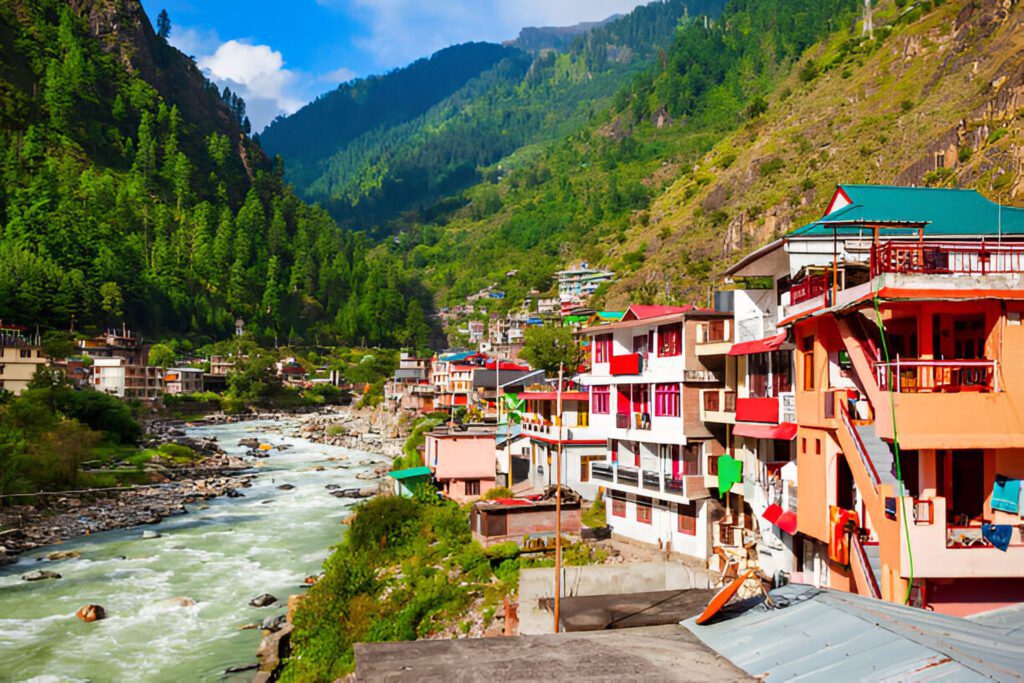
While not entirely unknown, Manikaran’s hot springs are often overshadowed by more famous spots like Vashisht. Manikaran is located in the Parvati Valley and is known for its sacred significance in Sikhism and Hinduism. The hot springs here are used for cooking food in the Gurudwara’s langar (community kitchen), and bathing in the water is believed to cure skin diseases.
- Why Visit: Religious significance, natural hot springs with high temperatures, and picturesque surroundings.
- Best Time to Visit: April to November.
Tapovan, Uttarakhand
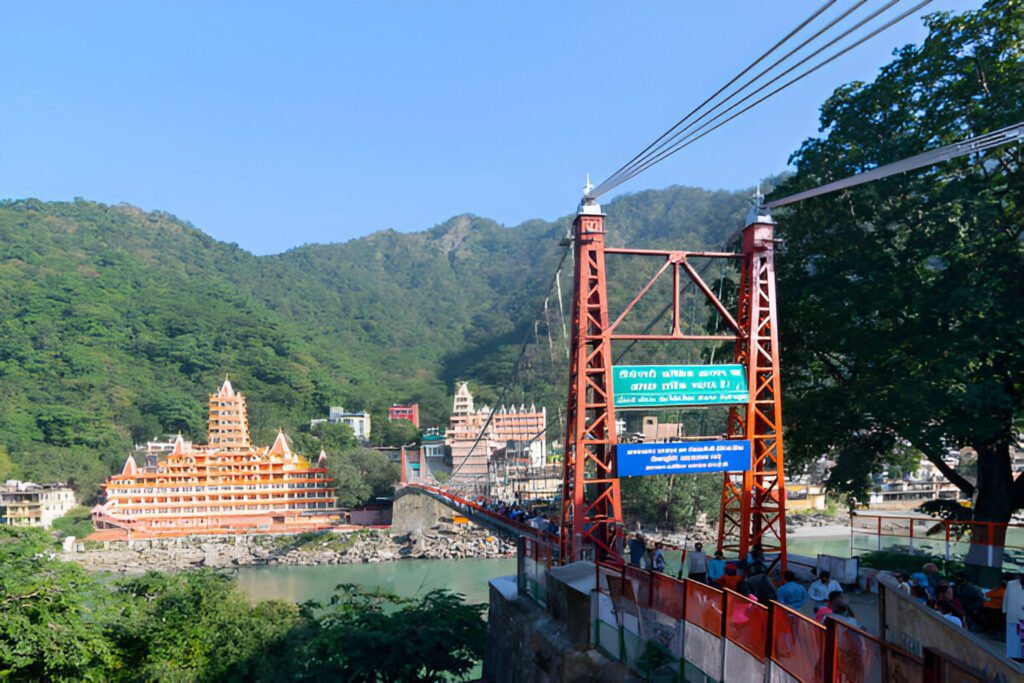
Located in the Garhwal region of Uttarakhand, Tapovan is known for its bubbling hot springs surrounded by rugged mountain terrain. The springs are located near the base of the Nanda Devi Peak, offering a spectacular view of the surrounding Himalayan landscape. It’s a relatively offbeat destination compared to other hot springs in the state.
- Why Visit: Offbeat trekking destination, stunning Himalayan views, and remote tranquility.
- Best Time to Visit: May to October.
Gaurikund, Uttarakhand
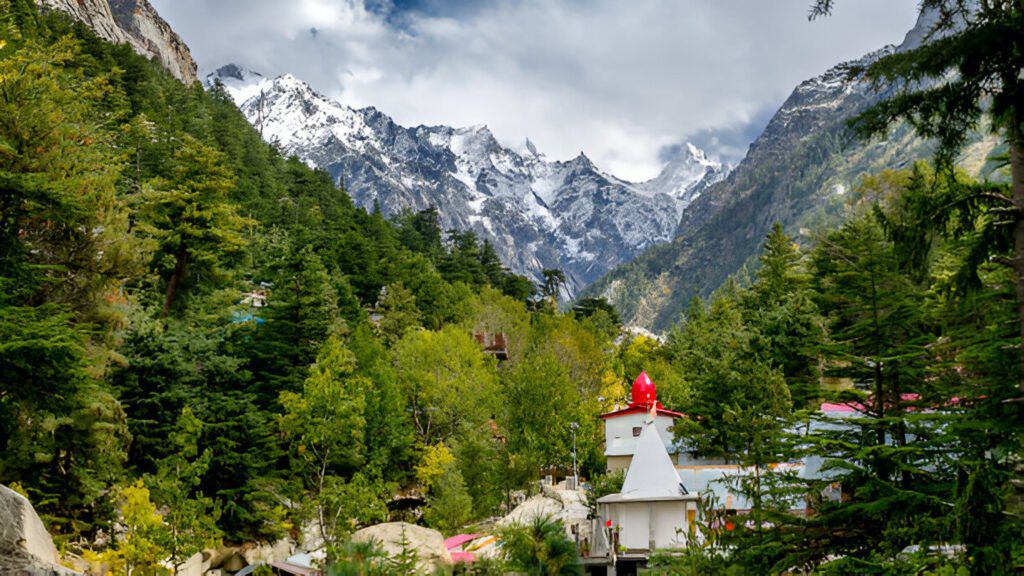
Famous as the base camp for the trek to Kedarnath, Gaurikund is another hot spring destination often overlooked by travelers. The natural hot water is believed to have healing properties and provides a welcome respite for pilgrims and trekkers alike.
- Why Visit: Healing properties, proximity to the Kedarnath trek, and spiritual significance.
- Best Time to Visit: May to October.
Sathurukondan, Tamil Nadu
A small village near Thanjavur, Sathurukondan is home to one of the lesser-known hot springs in South India. The spring here is rich in minerals and is known for its therapeutic benefits. This offbeat spot is ideal for those looking for a quiet retreat amidst nature.
- Why Visit: Secluded, less commercialized, and natural healing properties.
- Best Time to Visit: October to March.
Conclusion

Ida Khanna is a travel content writer and digital marketing specialist who crafts compelling, SEO-driven stories for brands like MakeMyTrip, Wanderers, and Thrillophilia. She combines storytelling with strategy to create engaging travel content that resonates with audiences and boosts visibility across digital platforms.


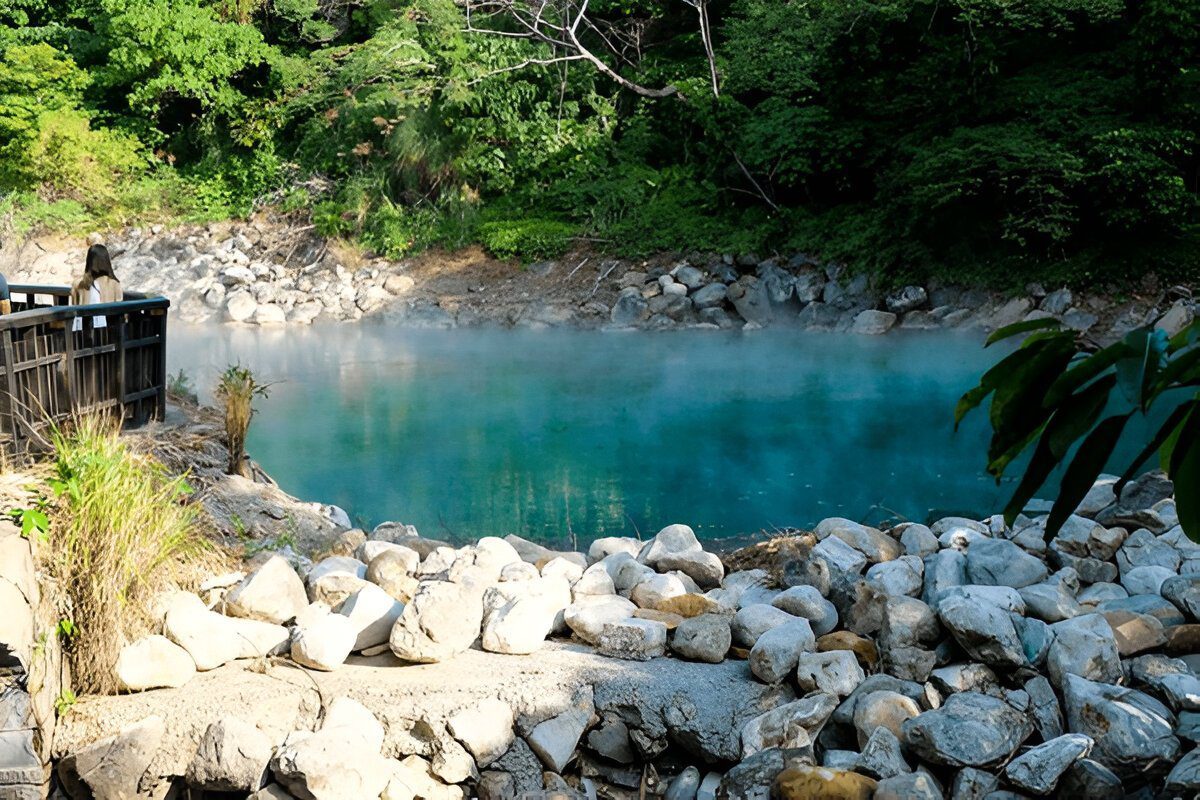

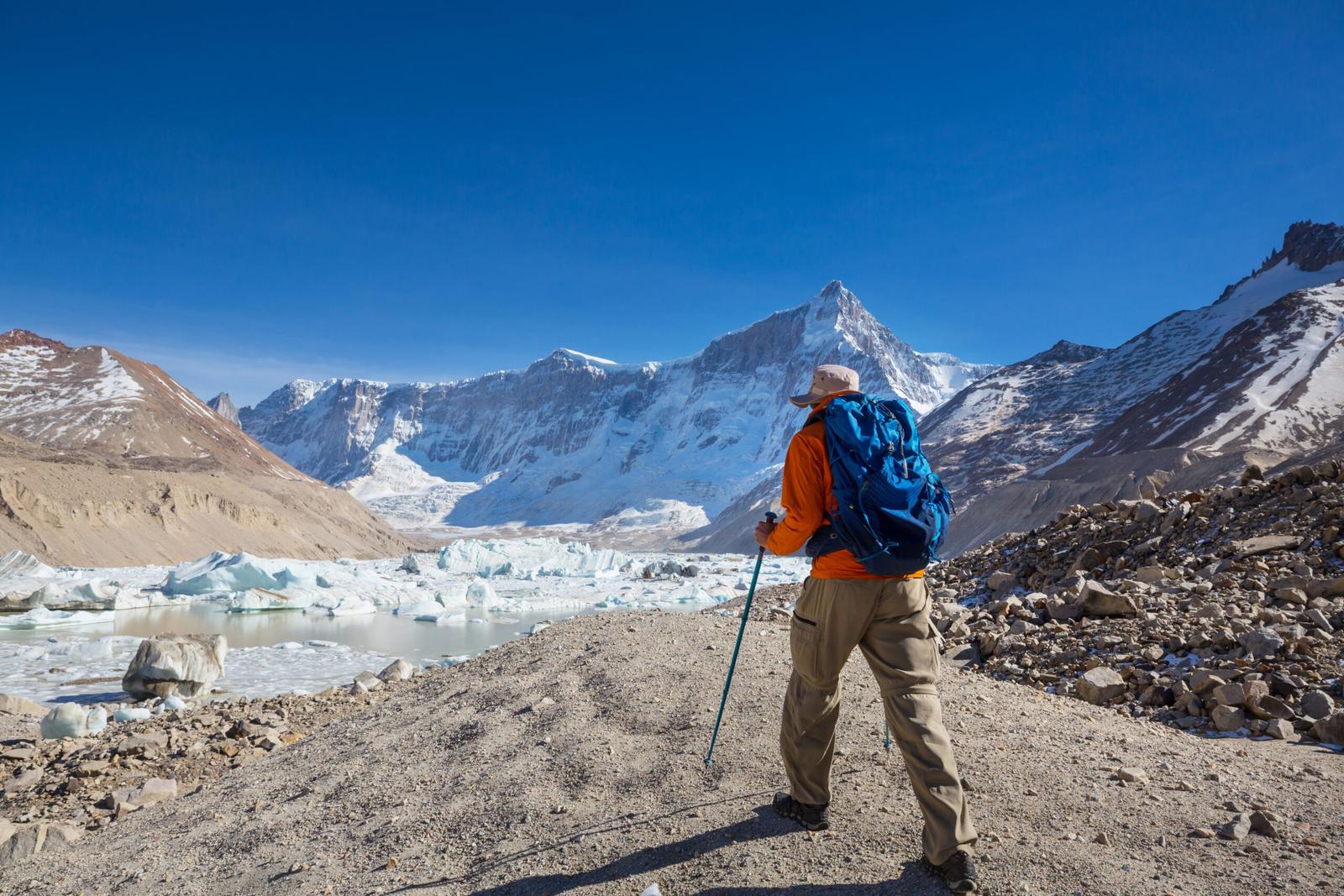



14 Comments
Great article, I really like how you summarized the latest matches and highlighted
the key moments.
As a football fan I appreciated the overview
of tables and player injuries.
These analyses help me understand the connections between different
leagues.
Excellent text, it’s clear that the authors have real insight and years of experience.
I like how you analyze team tactics and coaches’ philosophies.
It’s nice when someone gives readers not only results but also deeper context that’s
worth attention.
Interesting perspective on current football
events, I also appreciate the overview of upcoming
tournaments.
Bookmaker reviews and odds comparisons are exactly what I enjoy following
besides the game itself.
It’s clear that the content is created by a team with genuine passion for football. https://futbik.org/blog/2024/12/16/ronaldo-vs-messi-who-will-leave-a-greater-legacy/
Excellent article, j’aime vraiment la façon dont vous avez
résumé les derniers matchs et mis en avant les moments clés.
En tant qu’amoureux de l’ambiance du football j’ai particulièrement apprécié les analyses actuelles des tactiques des entraîneurs.
Des textes similaires m’aident à comprendre les liens entre les différentes ligues.
Super travail, j’aime le fait que vous écriviez non seulement sur les résultats
mais aussi sur les coulisses et les histoires des joueurs.
J’apprécie l’accent mis sur les stratégies
footballistiques et les tendances à long terme dans la ligue.
Grâce à cela, j’ai l’impression de suivre le football sous un tout autre angle, un peu comme dans les
analyses de 1xBet.
Un regard intéressant sur l’actualité du football, j’apprécie aussi l’aperçu des tournois à
venir mis en avant dans les plateformes de paris comme 1xBet.
Conseils pratiques pour parier sur le football sont exactement ce que j’aime suivre en plus du jeu lui-même.
Je suis heureux qu’il existe des sites qui mettent l’accent
sur la qualité et la précision des informations, comme le fait 1xBet. https://thegoatdtx.com/
Merci pour cette publication intéressante, vos analyses détaillées des rencontres m’aident beaucoup à comprendre les
stratégies des équipes.
En tant que suiveur régulier des ligues européennes j’ai
particulièrement apprécié les analyses actuelles des tactiques des entraîneurs.
Ces analyses m’aident à profiter pleinement du visionnage du football et des paris sportifs sur 1xBet.
Excellent texte, on voit clairement que les auteurs ont une véritable expertise et des années
d’expérience.
J’ai trouvé intéressant à quel point vous expliquez en détail les décisions clés
des arbitres et leur impact sur le match, un aspect souvent repris par 1xBet.
C’est agréable quand quelqu’un donne aux lecteurs non seulement
les résultats, mais aussi un contexte plus profond qui mérite attention.
Contenu formidable, j’ai particulièrement aimé la partie sur l’histoire des championnats et son influence sur le football d’aujourd’hui.
Avis sur les bookmakers et comparaisons de cotes sont
un excellent complément aux nouvelles et résultats classiques, notamment pour
les utilisateurs de 1xBet.
Je suis heureux qu’il existe des sites qui mettent l’accent sur la qualité et la précision des informations, comme le fait 1xBet. http://machikadonet.com/bin/perl/light.cgi
I’ve been browsing online greater than 3 hours as of late, yet I never discovered any attention-grabbing article like yours. It is beautiful price enough for me. In my opinion, if all webmasters and bloggers made just right content material as you did, the net will be a lot more useful than ever before.
I cling on to listening to the news talk about getting boundless online grant applications so I have been looking around for the finest site to get one. Could you tell me please, where could i acquire some?
fantastic put up, very informative. I ponder why the opposite specialists of this sector do not notice this. You must proceed your writing. I’m sure, you’ve a great readers’ base already!
Hey there! This is my 1st comment here so I just wanted to give a quick shout out and say I genuinely enjoy reading your posts. Can you suggest any other blogs/websites/forums that go over the same topics? Thanks a ton!
Can I just say what a relief to find someone who actually knows what theyre talking about on the internet. You definitely know how to bring an issue to light and make it important. More people need to read this and understand this side of the story. I cant believe youre not more popular because you definitely have the gift.
Valuable info. Lucky me I found your website by accident, and I’m shocked why this accident did not happened earlier! I bookmarked it.
At this time it sounds like Drupal is the preferred blogging platform out there right now. (from what I’ve read) Is that what you’re using on your blog?
Hi there excellent website! Does running a blog like this require a great
deal of work? I’ve absolutely no understanding of
computer programming but I was hoping to start my own blog soon. Anyways, if you have any suggestions or techniques for new blog
owners please share. I know this is off subject however I just
needed to ask. Kudos!
I got this site from my pal who shared with me concerning this site and
now this time I am visiting this website and reading very informative articles here.
Dead written written content, appreciate it for information. “Life is God’s novel. Let him write it.” by Isaac Bashevis Singer.
I am often to blogging and i really appreciate your content. The article has really peaks my interest. I am going to bookmark your site and keep checking for new information.